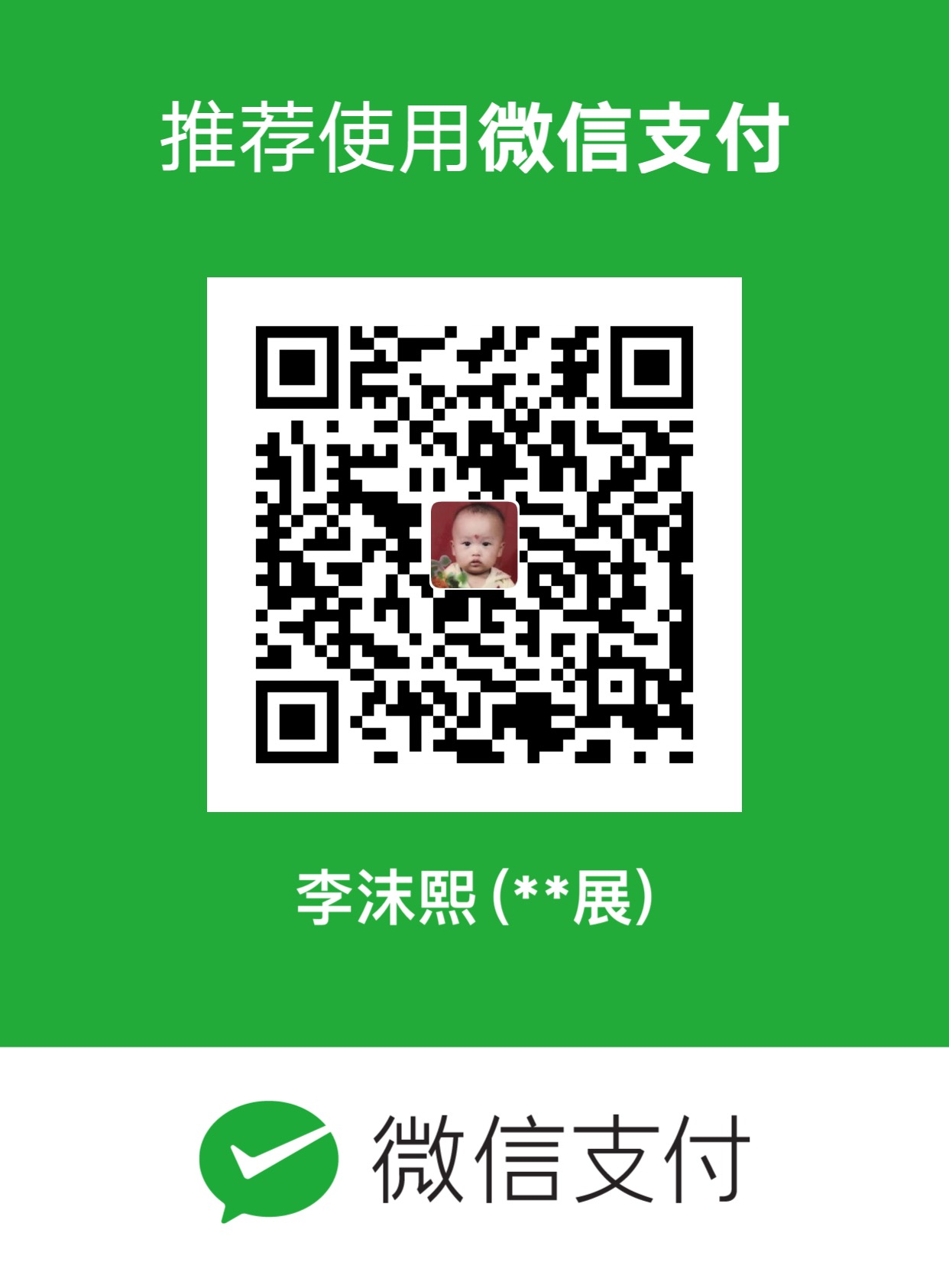消息中间件

常用的消息中间件
1. ActiveMQ Apache出品的,开发常用
2. RabbitMQ 完全支持JMS1.1和J2EE 1.4规范
3. kafka Kafka的目的是通过Hadoop的并行加载机制来统一线上和离线的消息处理,也是为了通过集群来提供实时的消息。
消息中间件可以提高系统性能
JMS
JMS 是一套消息中间件的技术规范,定义了一系列的接口规范。
JMS 定义了五种不同的消息正文格式,以及调用的消息类型,允许你发送并接收以一些不同形式的数据,提供现有消息格式的一些级别的兼容性。
- TextMessage–一个字符串对象
- MapMessage–一套名称-值对
- ObjectMessage–一个序列化的 Java 对象
- BytesMessage–一个字节的数据流
- StreamMessage – Java 原始值的数据流
对于消息的传递有两种类型:
- 一种是点对点的,即一个生产者和一个消费者一一对应;

另一种是发布、订阅模式,即一个生产者产生消息并进行发送后,可以由多个消费者进行接收。

消息中间件用的比较多的还是activeMQ
点对点模式
消息生产者生产消息(点对点模式)1
2
3
4
5
6
7
8
9
10
11
12
13
14
15
16
17
18
19
20
21
22
23
24
25
26
27
28
29
30
31
32
33
34
35
36
37
38import org.apache.activemq.ActiveMQConnectionFactory;
import javax.jms.*;
public class QueueProducer {
public static void main(String[] args) throws JMSException {
//创建连接工厂
ActiveMQConnectionFactory activeMQConnectionFactory = new ActiveMQConnectionFactory("tcp://192.168.13.131:61616");
//创建连接
Connection connection = activeMQConnectionFactory.createConnection();
//启动连接
connection.start();
//获取session(会话对象) 参数1:是否启动事物 参数2:消息确认方式
Session session = connection.createSession(false, Session.AUTO_ACKNOWLEDGE);
//创建队列对象
Queue queue = session.createQueue("sms");
//创建消息生产者对象
MessageProducer producer = session.createProducer(queue);
//创建消息(文本对象)
TextMessage textMessage = session.createTextMessage("你好,jms");
//发送消息
producer.send(textMessage);
//关闭连接
producer.close();
session.close();
connection.close();
}
}
消费者消费消息(点对点模式)1
2
3
4
5
6
7
8
9
10
11
12
13
14
15
16
17
18
19
20
21
22
23
24
25
26
27
28
29
30
31
32
33
34
35
36
37
38
39
40
41
42
43
44import org.apache.activemq.ActiveMQConnectionFactory;
import javax.jms.*;
public class QueueConsumer {
public static void main(String[] args) throws JMSException {
//创建连接工厂
ActiveMQConnectionFactory activeMQConnectionFactory = new ActiveMQConnectionFactory("tcp://192.168.13.131:61616");
//创建连接
Connection connection = activeMQConnectionFactory.createConnection();
//启动连接
connection.start();
//获取session(会话对象) 参数1:是否启动事物 参数2:消息确认方式
Session session = connection.createSession(false, Session.AUTO_ACKNOWLEDGE);
//创建队列对象
Queue queue = session.createQueue("sms");
//创建消息消费者对象
MessageConsumer consumer = session.createConsumer(queue);
//设置监听
consumer.setMessageListener(new MessageListener() {
public void onMessage(Message message) {
TextMessage textMessage = (TextMessage) message;
try {
String messageText = textMessage.getText();
System.out.println("接收到的消息是:"+messageText);
} catch (JMSException e) {
e.printStackTrace();
}
}
});
consumer.close();
session.close();
connection.close();
}
}
发布订阅模式
消息生产者生产消息(发布订阅模式)1
2
3
4
5
6
7
8
9
10
11
12
13
14
15
16
17
18
19
20
21
22
23
24
25
26
27
28
29
30
31
32
33
34
35
36
37
38
39import org.apache.activemq.ActiveMQConnectionFactory;
import javax.jms.*;
public class QueueProducer {
public static void main(String[] args) throws JMSException {
//创建连接工厂
ActiveMQConnectionFactory activeMQConnectionFactory = new ActiveMQConnectionFactory("tcp://192.168.13.131:61616");
//创建连接
Connection connection = activeMQConnectionFactory.createConnection();
//启动连接
connection.start();
//获取session(会话对象) 参数1:是否启动事物 参数2:消息确认方式
Session session = connection.createSession(false, Session.AUTO_ACKNOWLEDGE);
//创建主题对象
Topic topic = session.createTopic("sms2");
//创建消息生产者对象
MessageProducer producer = session.createProducer(topic);
//创建消息(文本对象)
TextMessage textMessage = session.createTextMessage("你好,jms2");
//发送消息
producer.send(textMessage);
//关闭连接
producer.close();
session.close();
connection.close();
}
}
消费者消费消息(发布订阅模式)1
2
3
4
5
6
7
8
9
10
11
12
13
14
15
16
17
18
19
20
21
22
23
24
25
26
27
28
29
30
31
32
33
34
35
36
37
38
39
40
41
42
43
44import org.apache.activemq.ActiveMQConnectionFactory;
import javax.jms.*;
public class QueueConsumer {
public static void main(String[] args) throws JMSException {
//创建连接工厂
ActiveMQConnectionFactory activeMQConnectionFactory = new ActiveMQConnectionFactory("tcp://192.168.13.131:61616");
//创建连接
Connection connection = activeMQConnectionFactory.createConnection();
//启动连接
connection.start();
//获取session(会话对象) 参数1:是否启动事物 参数2:消息确认方式
Session session = connection.createSession(false, Session.AUTO_ACKNOWLEDGE);
//创建主题对象
Topic topic = session.createTopic("sms2");
//创建消息消费者对象
MessageConsumer consumer = session.createConsumer(topic);
//设置监听
consumer.setMessageListener(new MessageListener() {
public void onMessage(Message message) {
TextMessage textMessage = (TextMessage) message;
try {
String messageText = textMessage.getText();
System.out.println("接收到的消息是:"+messageText);
} catch (JMSException e) {
e.printStackTrace();
}
}
});
consumer.close();
session.close();
connection.close();
}
}
注意点
- 发布订阅模式下,生产者发布消息,消费者必须在开启的情况下才可以接受到,否则消息就浪费掉,就消失了。
Spring整合Jms
Spring生产者xml文件配置(点对点)
1
2
3
4
5
6
7
8
9
10
11
12
13
14
15
16
17
18
19
20
21
22
23
24
25
26
27
28
29
30
31
32
33
34
35
36
37
38
39
<beans xmlns="http://www.springframework.org/schema/beans" xmlns:context="http://www.springframework.org/schema/context" xmlns:xsi="http://www.w3.org/2001/XMLSchema-instance" xmlns:amq="http://activemq.apache.org/schema/core"
xmlns:jms="http://www.springframework.org/schema/jms"
xsi:schemaLocation="http://www.springframework.org/schema/beans
http://www.springframework.org/schema/beans/spring-beans.xsd
http://www.springframework.org/schema/context
http://www.springframework.org/schema/context/spring-context.xsd">
<context:component-scan base-package="cn.itcast.demo"></context:component-scan>
<!-- 真正可以产生Connection的ConnectionFactory,由对应的 JMS服务厂商提供-->
<bean id="targetConnectionFactory" class="org.apache.activemq.ActiveMQConnectionFactory">
<property name="brokerURL" value="tcp://192.168.13.131:61616"/>
</bean>
<!-- Spring用于管理真正的ConnectionFactory的ConnectionFactory -->
<bean id="connectionFactory" class="org.springframework.jms.connection.SingleConnectionFactory">
<!-- 目标ConnectionFactory对应真实的可以产生JMS Connection的ConnectionFactory -->
<property name="targetConnectionFactory" ref="targetConnectionFactory"/>
</bean>
<!-- Spring提供的JMS工具类,它可以进行消息发送、接收等 -->
<bean id="jmsTemplate" class="org.springframework.jms.core.JmsTemplate">
<!-- 这个connectionFactory对应的是我们定义的Spring提供的那个ConnectionFactory对象 -->
<property name="connectionFactory" ref="connectionFactory"/>
</bean>
<!--这个是队列目的地,点对点的 文本信息-->
<bean id="queueTextDestination" class="org.apache.activemq.command.ActiveMQQueue">
<constructor-arg value="queue_text"/>
</bean>
<!--这个是订阅模式 文本信息-->
<bean id="topicTextDestination" class="org.apache.activemq.command.ActiveMQTopic">
<constructor-arg value="topic_text"/>
</bean>
</beans>
Spring生产者生产消息(点对点)1
2
3
4
5
6
7
8
9
10
11
12
13
14
15
16
17
18
19
20import org.springframework.beans.factory.annotation.Autowired;
import org.springframework.jms.core.JmsTemplate;
import org.springframework.stereotype.Component;
import javax.jms.Destination;
public class SpringQueueProducer {
private JmsTemplate jmsTemplate;
private Destination queueTextDestination;
//发送消息
public void sendTextMessage(final String text){
jmsTemplate.convertAndSend(text);
}
}
1 | (SpringJUnit4ClassRunner.class) |
Spring消费者接收消息(点对点)
Spring消费者接收xml配置1
2
3
4
5
6
7
8
9
10
11
12
13
14
15
16
17
18
19
20
21
22
23
24
25
26
27
28
29
30
31
32
33
34
<beans xmlns="http://www.springframework.org/schema/beans" xmlns:context="http://www.springframework.org/schema/context" xmlns:xsi="http://www.w3.org/2001/XMLSchema-instance" xmlns:amq="http://activemq.apache.org/schema/core"
xmlns:jms="http://www.springframework.org/schema/jms"
xsi:schemaLocation="http://www.springframework.org/schema/beans
http://www.springframework.org/schema/beans/spring-beans.xsd
http://www.springframework.org/schema/context
http://www.springframework.org/schema/context/spring-context.xsd">
<!-- 真正可以产生Connection的ConnectionFactory,由对应的 JMS服务厂商提供-->
<bean id="targetConnectionFactory" class="org.apache.activemq.ActiveMQConnectionFactory">
<property name="brokerURL" value="tcp://192.168.25.131:61616"/>
</bean>
<!-- Spring用于管理真正的ConnectionFactory的ConnectionFactory -->
<bean id="connectionFactory" class="org.springframework.jms.connection.SingleConnectionFactory">
<!-- 目标ConnectionFactory对应真实的可以产生JMS Connection的ConnectionFactory -->
<property name="targetConnectionFactory" ref="targetConnectionFactory"/>
</bean>
<!--这个是队列目的地,点对点的 文本信息-->
<bean id="queueTextDestination" class="org.apache.activemq.command.ActiveMQQueue">
<constructor-arg value="queue_text"/>
</bean>
<!-- 监听类 -->
<bean id="myMessageListener" class="cn.itcast.demo.MyMessageListener"></bean>
<!-- 消息监听容器 -->
<bean class="org.springframework.jms.listener.DefaultMessageListenerContainer">
<property name="connectionFactory" ref="connectionFactory" />
<property name="destination" ref="queueTextDestination" />
<property name="messageListener" ref="myMessageListener" />
</bean>
</beans>
Spring消费者消费消息(点对点)1
2
3
4
5
6
7
8
9
10
11
12
13
14package cn.itcast.demo;
import javax.jms.Message;
import javax.jms.MessageListener;
import javax.jms.TextMessage;
public class MyMessageListener implements MessageListener {
public void onMessage(Message message) {
TextMessage textMessage = (TextMessage) message;
System.out.println("接受到的消息为:"+textMessage);
}
}
1 | (SpringJUnit4ClassRunner.class) |
spring整合jms,对于订阅广播模式,xml配置和点对点一样,我被对应配置已经放在里面了
然后只有执行语句不一样
Spring生产者生产消息(发布订阅模式)1
2
3
4
5
6
7
8
9
10
11
12
13
14
15
16
17
18
19
20
public class TopicProducer {
private JmsTemplate jmsTemplate;
private Destination topicTextDestination;
/**
* 发送文本消息
* @param text
*/
public void sendTextMessage(final String text){
jmsTemplate.send(topicTextDestination, new MessageCreator() {
public Message createMessage(Session session) throws JMSException {
return session.createTextMessage(text);
}
});
}
}
1 | import org.junit.Test; |
Spring消费者消费消息(发布订阅模式)1
2
3
4
5
6
7
8
9
10
11
12(SpringJUnit4ClassRunner.class)
(locations="classpath:applicationContext-jms-consumer-topic.xml")
public class TestTopic {
public void testTopic(){
try {
System.in.read();
} catch (IOException e) {
e.printStackTrace();
}
}
}
上面的代码 1
System.in.read();
是防止程序启动结束就会关闭,所以让窗口一直等待输入
学习总结
花了一两天来了解jms以及和spring的整合,用处很大!有以下两点
- 可以用来在发送短信的功能中,把短信验证码发送到队列中,然后点对点方式让用户接受到,起到了一定程度的削锋
- 发布订阅模式可以用在集群环境下,由于集群环境下,同一个页面在不同的服务器上存在多份,可以使用发布订阅模式完成同时渲染多个服务器上的相同的页面

